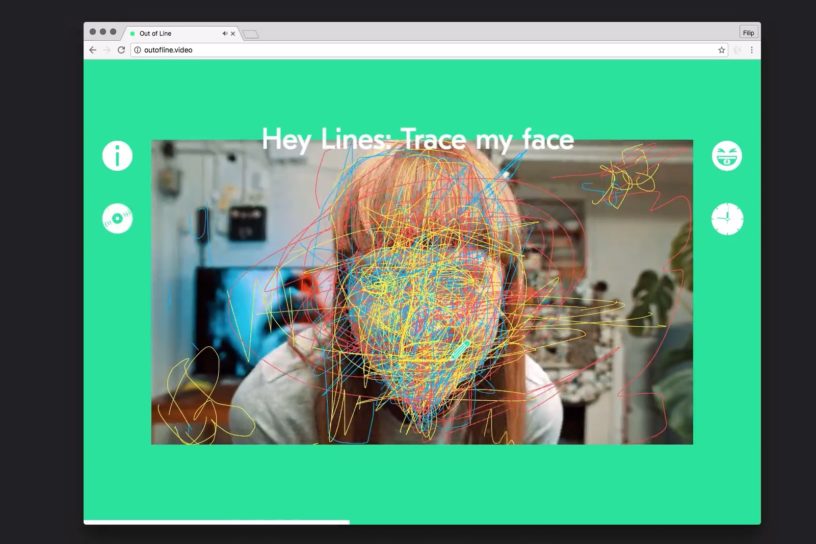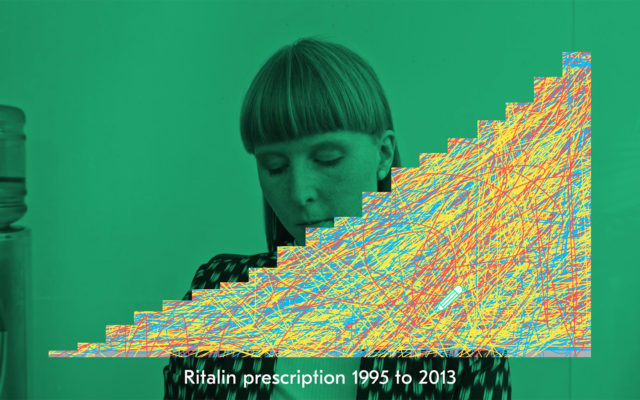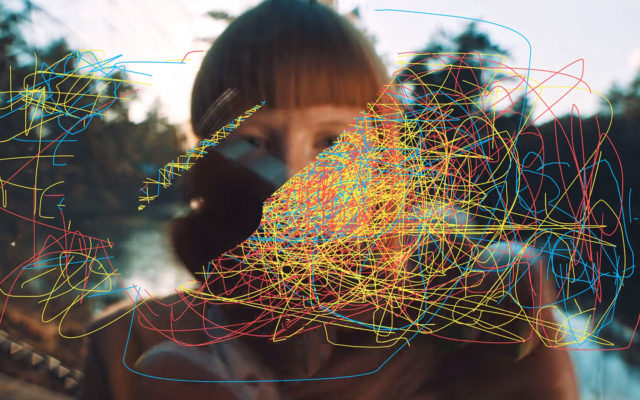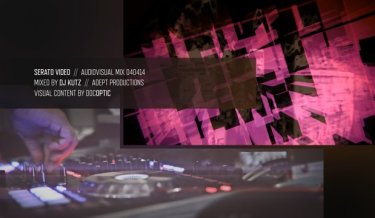Related post
SHINY TOYS #5 – Festival für audiovisuelle Experimente 2014
Nov 27, 2014
|
Comments Off on SHINY TOYS #5 – Festival für audiovisuelle Experimente 2014
2776
Anyone Can Be a Conductor With This Wireless Wand
May 15, 2017
|
Comments Off on Anyone Can Be a Conductor With This Wireless Wand
2227
Serato Video Tutorial: Record Video DJ Mixes with Syphon
Jan 16, 2015
|
Comments Off on Serato Video Tutorial: Record Video DJ Mixes with Syphon
3604






